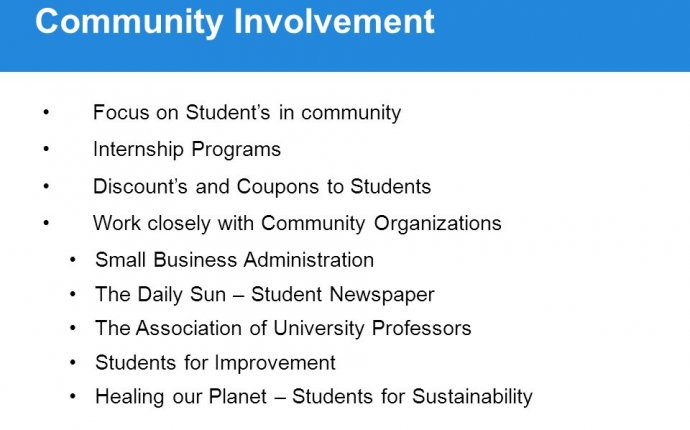
Small Business Administration Internship
 Internship programs are a smart recruitment strategy for small businesses, allowing you to nurture and feed your full-time hiring efforts. A separate study by NACE found that nearly 90 percent of students who took part in internships said they would accept an offer of a full-time job from their internship employer.
Internship programs are a smart recruitment strategy for small businesses, allowing you to nurture and feed your full-time hiring efforts. A separate study by NACE found that nearly 90 percent of students who took part in internships said they would accept an offer of a full-time job from their internship employer.
Here are six tips to help guide you through the process of setting up an internship program, and information on a new government initiative – the Summer Jobs+ Bank – that can help:
1. Review Your Needs
Remember, an intern will be looking for good experience, so be sure your needs match those of the interns. Ask yourself the following questions:
- How can an intern help you with your business goals?
- Do you have enough work to support an intern? Think about short-term and long-term assignments.
- Who will supervise and mentor your intern?
- What ramp-up and ongoing training can you provide?
- Do you have available office space and other resources?
- What about seasonal highs and lows? Could you use an intern beyond the summer months?
It will take several weeks to recruit and hire an intern, so the further in advance you plan, the better.
2. The Recruitment Process
Hiring an intern requires similar steps to hiring a full-time employee. You’ll need to write a job description with real work assignments and defined objectives. Decide in advance how the intern will be supervised and mentored, and how the student will benefit financially and experientially from your program.
There are several options for searching for interns:
- Online via the Summer Jobs+ Bank – This summer, the government is stepping in to help connect small businesses with young people seeking internship and other employment opportunities via the Department of Labor’s Summer Jobs+ Bank. Businesses can post internships directly with any internet job site that is participating in the Jobs+ Bank (these include Internships.com, AfterCollege.com, or LinkedIn). Check out information for employers for details about the program.
- School/College Career Services Offices – Many schools and colleges operate internship programs through their career services offices (in exchange for student credits). Getting registered with one of these programs can provide a level of accreditation as well as access to a pool of motivated and screened talent. You can also get one step ahead by seeking an advocate or reference for your business from college professors or staff members. This is why it often makes sense to approach colleges that you know or have attended.
4. Paying Interns (and the Legal Lowdown About Unpaid Interns)
If you are serious about attracting the right talent and creating a program that nurtures your future workforce, then your compensation needs to reflect this (the average hourly rate for paid bachelor degree-level interns is currently $16.21). Can’t quite afford that? Unpaid internships are a legal option; however, there are many limits on the work unpaid interns can perform:
- Unpaid interns cannot do any work that contributes to a company's operations
- Unpaid interns can shadow other employees and perform duties that don't have a business need. For example, a bakery may allow an apprentice/intern to decorate a tray of cookies that will not be sold to customers. Because the task was only a training exercise for the apprentice/intern and the bakery did not receive any benefit from that work, the bakery would not have to pay that student worker for that time.
5. Other Benefits You Might Want to Offer?
Some of the more common benefits offered to interns include social activities, paid holidays, and recognition of education time as service time if they are hired to a full-time position. Other benefits to consider include scholarships, flex time, and one-on-one formal mentoring (take your intern on business trips, let them accompany you at strategic meetings, be immersive).









